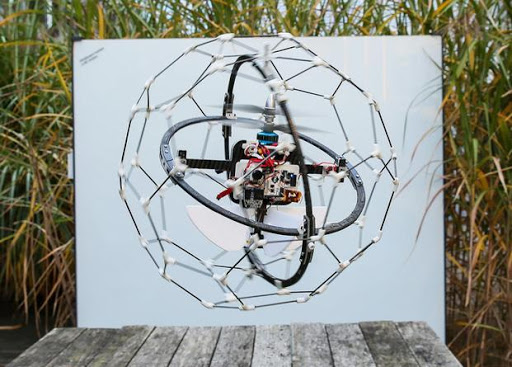I loved a recent story about a new autonomous flying robot design that embraces the likelihood of collisions instead of trying to avoid them. By designing what was previously a failure mode into the system, the designers were able to both radically simplify the required control systems and at the same time enhance the capabilities of the robot.

I liked this quote in particular but I’d really encourage you to go watch the video and check out the article.
“This platform allowed us to realize that autonomous navigation was much simpler once you can afford collisions: advanced sensors are not required, and the obstacles can even be used to guide the robot.”
I’m going to read any article that has the title Insect-inspired flying robot handles collisions, goes where other robots can’t, who wouldn’t? But this one was particularly interesting to me because one of our design goals for the ThoughtWire platform is to make more robust systems that better tolerate failures.
For the robot, the anticipated failures were collisions with obstacles; anticipated failures for ThoughtWire include incomplete information, ambiguous results and missing functionality.
The robot embraces its failures through an ingeniously simple mechanical design that considers collisions to be an expected part of the flight. Here at ThoughtWire, we include people as an integral part of the overall system design and pair them with a dedicated agent. The real world is complicated and people are very adept at navigating that complexity. Unfortunately the systems people use to do their jobs often exhibit artificial complexity that is unrelated to the problem itself. The power of the ThoughtWire platform is that it overcomes artificial system complexity so that people can better leverage their strengths in making decisions, resolving ambiguity and acting independently to provide the missing pieces. Our agent technology, paired with people, makes for a robust and capable system that can easily handle real world complexity.






